Video nasty - Yorkshire life in the age of chivalry
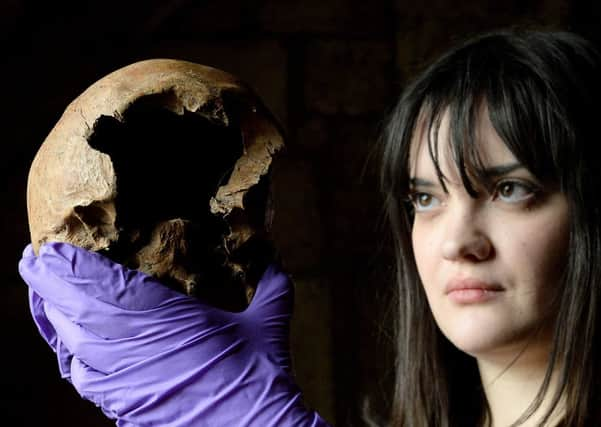

One only has to look at the life of Richard III, killed aged 32 in 1485 at the Battle of Bosworth after leading the last charge of knights in English history.
The monarch’s skull, discovered beneath a car park in Leicester in 2012, was found with 11 wounds made around the time of his death.
Advertisement
Hide AdAdvertisement
Hide AdThe killer blow was likely to have been one to his skull, delivered by a sword or battleaxe.
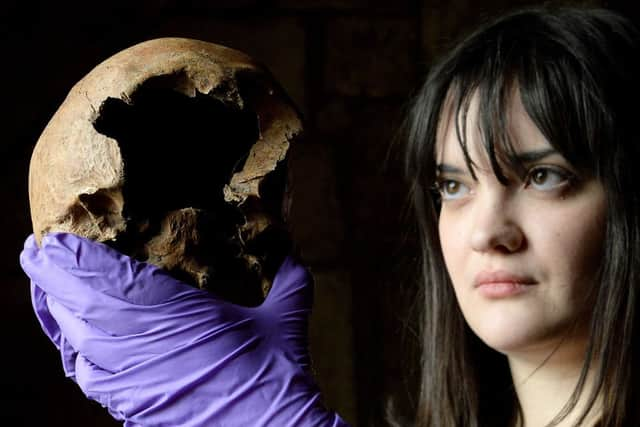

As the nation prepares for the remains to be reinterred in Leicester Cathedral, the brutality of the medieval period is being remembered in York where Richard had close connections.
The Richard III Experience museum at Monk Bar has gathered artefacts that reveal new insights into the life and violent times of the last Yorkist king.
From today, the displays include the remnants of a handgun found at the Yorkshire site of the Battle of Towton, a very bloody clash in the War of the Roses which led to Richard taking the throne 20 years later.
Advertisement
Hide AdAdvertisement
Hide AdExperts believe the early handgun exploded, killing its user.
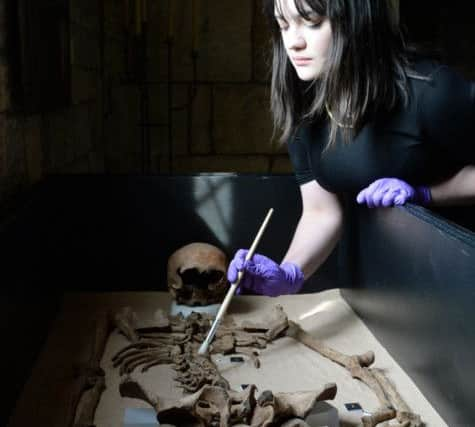

“A number of gun fragments from the battle were recovered around five years ago, but this is the first time they will be seen by the public,” said Sarah Maltby, of York Archaeological Trust.
“Handguns had been around for less than a century by the time of the Battle of Towton in 1461, and these fragments show just how unreliable they were.
“We can tell that this weapon effectively blew apart, almost certainly in use, so we can only imagine the horrific injuries – and possible fatality – its owner would have suffered.”
Advertisement
Hide AdAdvertisement
Hide AdA skeleton, believed to be a Lancastrian soldier executed after the Battle of Towton, is also on show. It was one of 12 found at York’s Knavesmire in 2013.
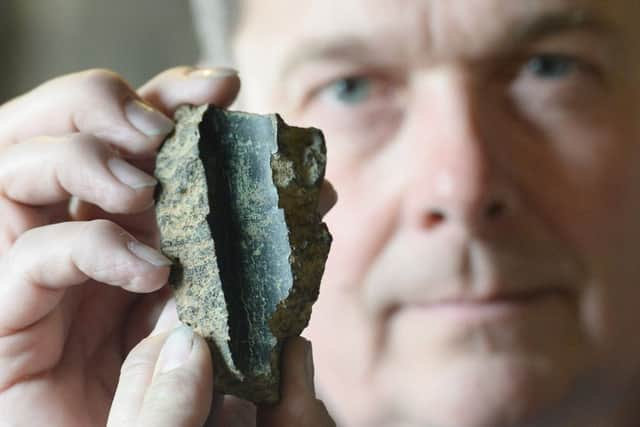

It is thought soldiers captured in battle were brought to York for execution, before their remains were hastily buried near the gallows.
The display includes the remains of a chapel Richard III commissioned to mourn the fallen soldiers of Towton. His death meant that the chapel was never completed.
The displays include military and personal finds from Towton, mostly found in Bloody Meadow and North Acres, areas known for the heaviest fighting.
Advertisement
Hide AdAdvertisement
Hide AdSimon Richardson, of the Towton Battlefield Society which loaned the items, said: “The collection represents 30 years of hard work, which has been carefully recorded from the start. Each find has been like a little piece of jigsaw, and piecing these together has made it possible to discover much more about how the battle was conducted. The handgun fragment, for example, is probably one of the most important finds. It represents a transition period when traditional longbows were still being used but ‘modern’ handguns were just being introduced onto the battlefield.”
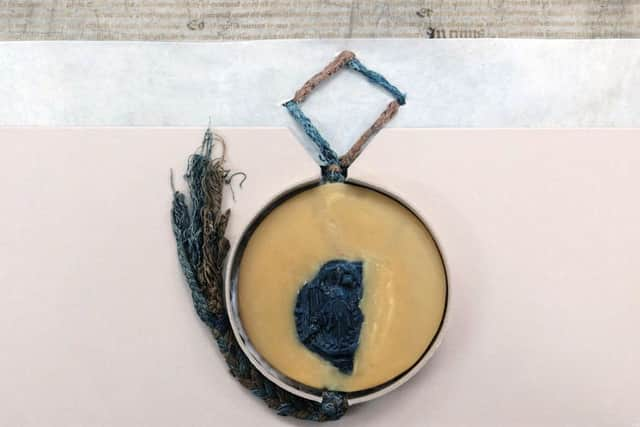

Visit www.richardiiiexperience.com
* The Archbishop of Canterbury, Justin Welby, will preside over a service of reinterment of the remains of Richard III at Leicester Cathedral on Thursday March 26.
The service will be held in the presence of members of the Royal family and will be the first ceremonial burial of a British monarch since 1952.
Campaigners wanted the remains brought to Yorkshire in recognition of Richard’s links to the county and Middleham Castle.
Advertisement
Hide AdAdvertisement
Hide AdMeanwhile, at Scarborough Art Gallery, a charter bearing the seal of Richard III is to go on display on March 26.
The charter granted the area independent status due to Richard’s “special Affection” towards “Scardeburgh”